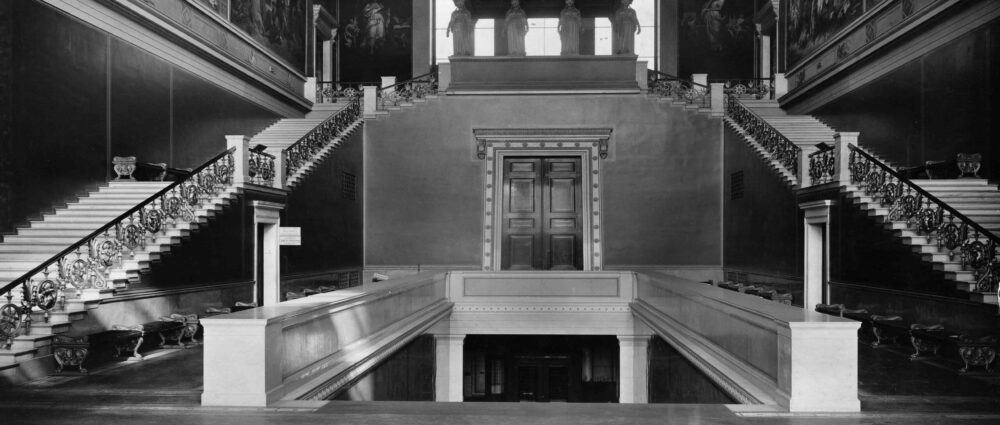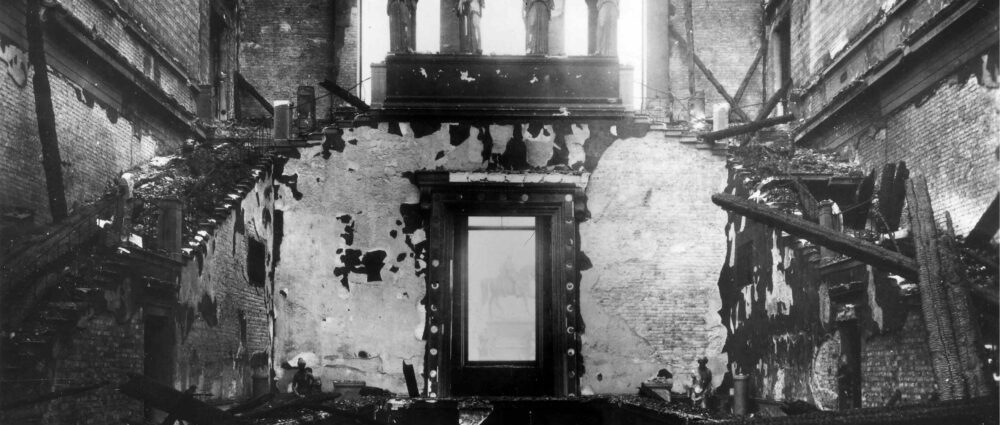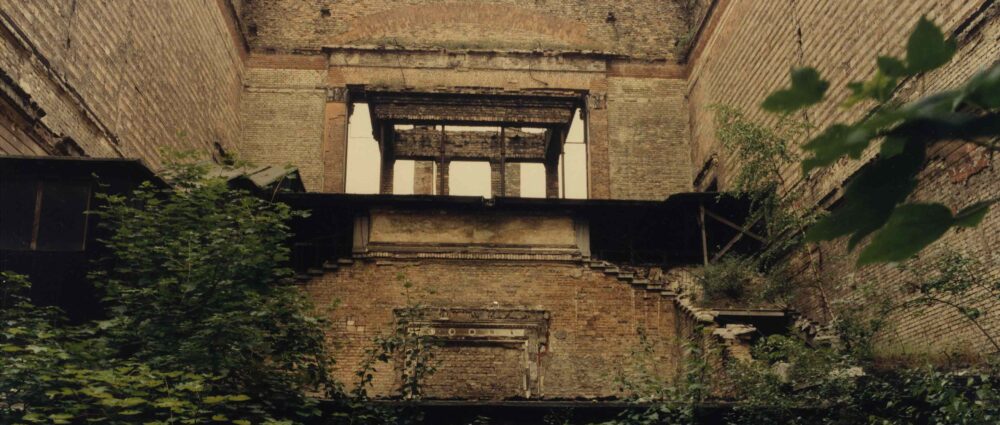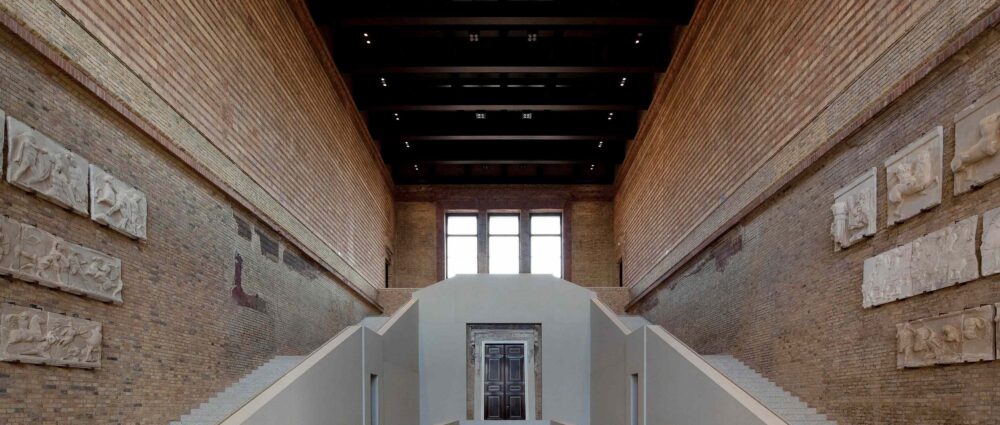Pock-marked Memories
Reliving a poignant visit to the Neues Museum in Berlin – a building that houses the treasures human history – brings the past alive while reflecting lost memories that continue to survive
Vani Sriranganayaki
Back in 2013, my Master’s class went on a field trip to Berlin. Quite obviously we hit all the major sites – Eisenman’s Memorial to the Murdered Jews of Europe; Libeskind’s Jewish Museum; Brandenburg Gate; Museum Island; Mitte, which houses the old Jewish quarters and the many stolpersteines; the East-side Gallery; the intimidating Karl-Marx-Allee and crowded Checkpoint Charlie. One of the course requisites of the trip was that we all keep journals
and track our daily events and thoughts. Almost seven years later now, I went back to the journal and, in a sense, relived the few days I spent in the city. One entry, from the day we visited the Neues Museum on the Museum Island, struck a chord. Maybe because what I remembered was in some senses similar to how the city itself remembered the Museum.
Growing up in India, my understanding of the World Wars was limited to brief mentions in high school history books. Going from that to Berlin – a city where every corner housed a reminder of war and the many years of struggle that followed – was overwhelming. Neues Museum especially so. An Egyptian history buff or prehistoric art collector would have, of course, found the contents of the museum fascinating. (Quick trivia: it includes the iconic bust of the Egyptian queen Nefertiti). But as an architect, I couldn’t look beyond the columns with peeling plasters and walls that flaunted their many scars and bullet holes. It was even more surprising to later find out that it was intentionally left that way.
The Neues Museum was originally designed by Friedrich August Stüler and built between 1841 and 1859. It was the second museum to be built on Museum Island and was intended as an extension to house collections which could not be accommodated in the nearby Altes Museum. An important milestone in the history of construction and technology, Neues Museum was then one of the first monumental buildings to make use of the technological advances made possible by industrialisation. For almost a century, it showcased the global history of human culture from prehistory to the nineteenth century, before closing its doors at the beginning of World War II in 1939. During the war, it suffered extensive bombing. The bombardment of November 1943 destroyed the central stairway and its frescos, along with other great treasures of human history. It left the building in ruins, with entire sections missing completely and others severely damaged.
After the war, under East German leadership, a few attempts at repair were made, but these were later abandoned in 1989 when the Berlin Wall fell. And so for decades, it remained that way – a monolith left exposed to nature, decaying silently as the city around it healed and rebuilt itself.
Until 1997, when planning for the reconstruction project was resumed and English architect David Chipperfield was appointed for the project. His renovation, an 11-year-long project, started as the world’s biggest Humpty Dumpty mission, when to the dismay of many others he suggested that the remains of the buildings could be salvaged and put back together. His design focused on repairing and restoring the original volume, whilst respecting the historical structure both in its spatial context and materiality. And so all usable scraps, big and small, including bullet holes, were incorporated into the reconstruction. All the gaps in the structure were carefully filled in without competing with the existing structure. Ultimately, when the new building reopened its doors in 2009, it spoke deeply and poignantly of all that was lost without imitating it. ‘With the Neues Museum we witnessed a city’s emotional attitude towards itself, and the buildings with which it has a historical relationship. That was always part of our consideration, even before that project,’ Chipperfield explained when discussing Neues Museum with designboom.1
October 2019 saw the 10th anniversary of its reopening. The rebuilding of the museum had allowed the severely damaged structures of the staircase to be reconstructed as they were originally designed. In keeping with the restoration plan of ensuring that the history of the building remained visible, a deliberate decision was made not to reconstruct the original murals. To mark the anniversary of the reopening, the original condition of the staircase was digitally reconstructed. Using virtual reality, visitors were allowed to combine Chipperfield’s reconstruction with a spatial experience of the historical architecture – making the original design concept, the history of the building and its reconception all the more tangible.
Today, as it stands next to the other reconstructed museums on Museum Island, the Neues Museum remains the only structure to still bear the scars of the war – a contrast that in itself is very telling of our collective ideas of history and memory. To me, personally, the entire Neues Museum experience was simply an extension of the larger ‘Berlin’ experience; which again, boils down to that one entry in my journal from 2013:
Berlin: March 27, 2013.
This day, in simple words, was all about the war. It is incredible to find out that the city actually displays its wounds for the world to see. They could easily have patched it all up, or built another memorial (which they did, and then some) and called it a day. But no! The experience at the Neues Museum and then the walk along the Jewish community somehow brought the war very close to home, and not just something I read about in books. This was also the first time that I saw actual bullet holes on walls. It is interesting to see the ways in which the city keeps its memories alive and how it manages to describe loss across the barriers of time – a crucial lesson on the importance of remembering.
1 – https://www.designboom.com/architecture/david-chipperfield-interview-port-magazine-05-13-2019/
Share



